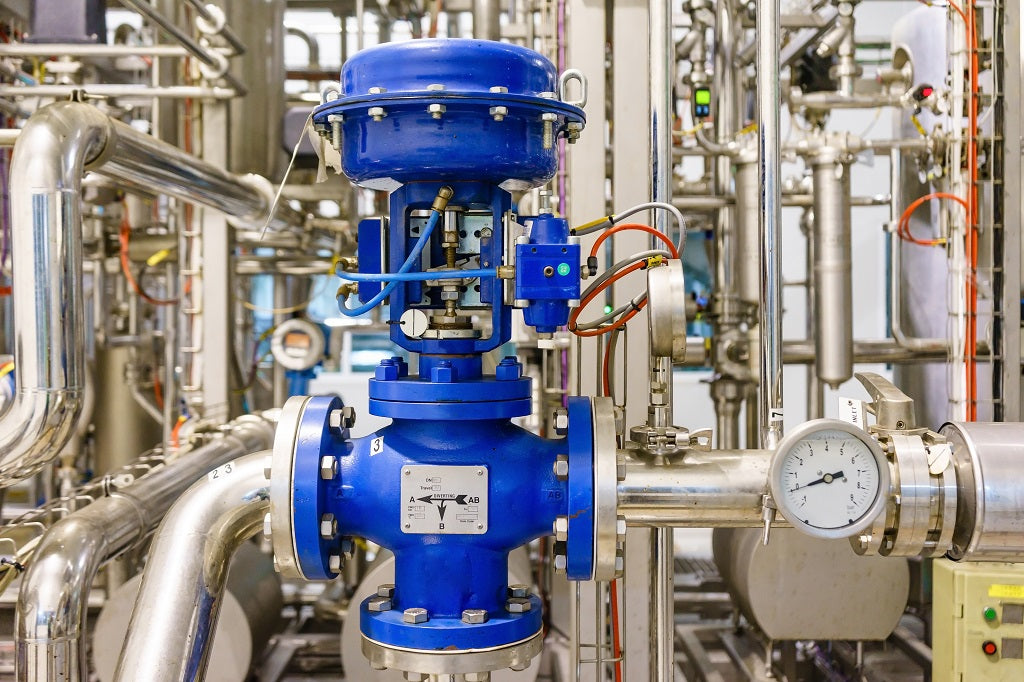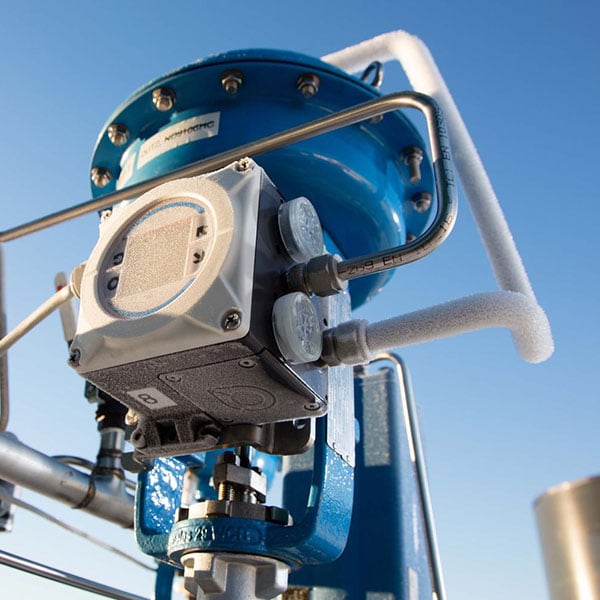Ingenious Control Valves: Enhancing Accuracy and Dependability
Enhance Efficiency With Top-Quality Building Automation Controls Including Controllers
In the world of modern-day building management, the application of high-quality building automation controls, consisting of sophisticated controllers, has actually come to be a pivotal aspect in enhancing procedures and taking full advantage of efficiency. As buildings continue to develop right into smarter, a lot more interconnected entities, the duty of automation controls and controllers has never been a lot more essential.
Advantages of Building Automation Controls
When implemented effectively, developing automation controls provide a myriad of benefits to improve operational efficiency and enhance resource usage. One of the main benefits is the capability to regulate and monitor various building systems such as HVAC, lighting, security, and much more from a central platform. This centralized control allows for far better control and synchronization of various systems, causing enhanced energy efficiency and reduced operational prices.
In addition, constructing automation controls supply real-time data and analytics, making it possible for center supervisors to make educated decisions immediately. By having access to extensive insights into energy consumption, tools performance, and occupant actions, companies can determine areas for improvement and implement approaches to boost total structure efficiency.
In addition, automation controls help in predictive upkeep by finding potential concerns before they rise into pricey issues. This aggressive method not only expands the lifespan of equipment yet likewise minimizes downtime, making certain continuous procedures - control valves. Generally, the benefits of structure automation controls contribute in improving procedures, boosting efficiency, and creating an extra sustainable and comfy environment for occupants
Secret Features of Controllers
Reliable building automation controls are defined by a variety of vital features that make it possible for centralized management and optimization of numerous structure systems. Controllers play a critical function in this procedure by functioning as the brain of the automation system. One vital feature of controllers is their capacity to collect information from sensors dispersed throughout the building. This data is then used to make real-time modifications to heating, ventilation, cooling, lights, and various other systems to make sure ideal performance and energy efficiency.
Furthermore, controllers use the versatility of programming schedules for different structure systems based on tenancy patterns, aiding to reduce energy wastage during off-peak hours. Furthermore, the remote accessibility function of controllers allows center managers to check and control constructing systems from anywhere, boosting benefit and responsiveness.
Moreover, advanced controllers often come equipped with anticipating maintenance capacities, making it possible for positive identification of potential concerns before they rise, thus reducing downtime and upkeep expenses (control valves). In general, the key functions of controllers are important in improving building procedures, enhancing convenience, and making best use of power savings
Assimilation With Iot Innovation
Building automation controls, specifically controllers with their sophisticated attributes, flawlessly integrate with IoT modern technology to reinvent building monitoring procedures. IoT technology allows these controllers to collect and evaluate information from various structure systems in real-time, providing extraordinary insights right into energy use, system efficiency, and occupant habits. By leveraging IoT connection, building automation controls can enhance power performance, enhance resident convenience, and make certain proactive upkeep.
The integration of building automation manages with IoT technology permits central surveillance and control of diverse building systems remotely. This connection makes it possible for building managers to adjust setups, schedule operations, and receive informs on their mobile phones or computer systems, boosting operational effectiveness and decreasing upkeep expenses. IoT integration facilitates data-driven decision-making by offering actionable intelligence based on fads and patterns identified through constant tracking.
Energy Efficiency Solutions

Building automation controls, including this post energy administration systems and programmable controllers, are necessary parts of power performance remedies. These systems make it possible for real-time monitoring of power use, recognition of inadequacies, and execution of computerized changes to maximize power efficiency (control valves). By incorporating building automation manages with energy-efficient equipment and innovations, facilities can enhance operational efficiency, improve occupant comfort, and add to a greener environment

Enhancing Building Safety And Security
With an emphasis on enhancing functional elements beyond energy effectiveness solutions, the following crucial aspect to attend to in building administration is the improvement of safety and security actions. Structure automation controls play a pivotal duty in bolstering safety by incorporating different systems such as access control, monitoring video cameras, and breach detection. These controls not only streamline safety and security procedures yet additionally provide real-time tracking and signals, enabling prompt actions to possible threats.
Conclusion
In final thought, developing automation controls, especially controllers, supply countless benefits such as improved effectiveness, combination with IoT modern technology, power performance services, and enhanced safety and security steps. By using top-notch structure automation controls, structures can operate much more successfully and sustainably, causing cost savings and improved overall performance. Purchasing these sophisticated innovations can dramatically boost the pop over to this site functional effectiveness of structures and add to a more sustainable future.
In the realm of modern building management, the implementation of high-grade building automation controls, including advanced controllers, has come to be a critical facet in making best use of and streamlining operations performance.Reliable structure automation controls are defined by an array of essential features that make it possible for streamlined administration and optimization of various structure systems.Building automation controls, especially controllers with their sophisticated features, flawlessly integrate with IoT innovation to reinvent building management processes.The assimilation of building automation controls with IoT innovation enables for central tracking and control of diverse structure systems remotely. By making use of top-quality building automation controls, buildings can operate a lot more effectively and sustainably, leading to cost financial savings and improved total performance.